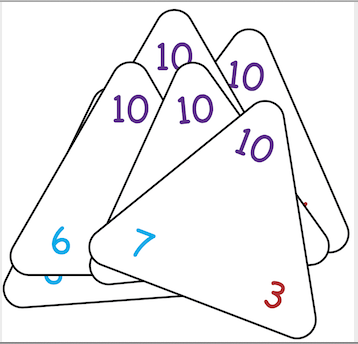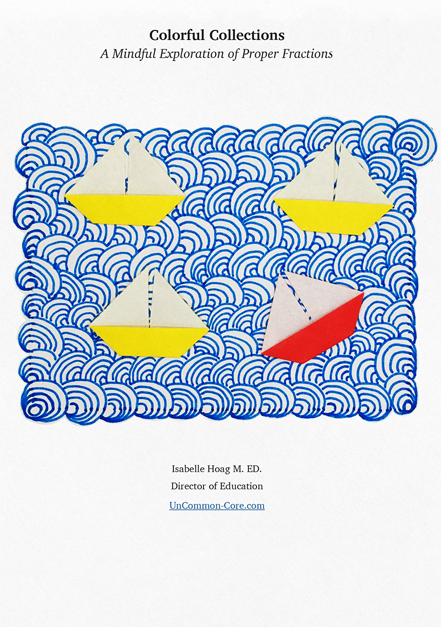
Way back in 1885 Hermann Ebbinghaus was the first scientist to describe the forgetting curve, the learning curve, and the best way to recall memorized facts.
Spaced practice goes by many names, such as spaced repetition, spaced retrieval practice, and spaced presentation. Whatever you call it, spaced practice is used with students of every age and in every subject area. It is especially useful when memorizing content such as vocabulary words or math facts, after the ideas and concepts have been understood. Spaced repetition is the opposite of massed presentation usually called ‘cramming’.
Flashcards are Perfect for Spaced Repetition
- Identify a handful of math facts for your students to learn, such as pairs of numbers that add to ten, or the three’s times table from zero to twelve.
- Show your students how to sort the flashcards according to how quickly they respond with the correct answer.
- When the student says the right answer automatically, they place the flashcard (answer side down) on the table.
- When the student runs into a math fact they don’t know – or they have to flip the card over to see the answer – they should replace that flashcard in the deck two or three cards from the front.
- Once all the cards are piled on the table, save the deck in order for the next practice session.
Why does spaced repetition work so well?
The first step ensures that the students are presented with a reasonable amount of math facts to work on.
Steps two and three quickly sort out the facts that the student finds easy.
Step four is designed to give the student immediate feedback and make sure they get another chance to practice the math facts they find more difficult.
Step five saves the flashcards so that the more difficult facts are closer to the front of the deck in order to give the students more practice with those facts. This automatically differentiates the presentation of facts for each student according to their specific needs.
How can teachers get the most out of spaced repetition?
Flashcards are only one way to have your students practice math facts on a schedule. Games such as Apples and Doorknobs can be very effective, too.
Have your students practice three times each day until they find those math facts easy. Several short quick practice sessions per day is better than one long practice session.
Once your students are fairly comfortable with the first group of math facts, you can give them a second deck of math facts to practice in the same way. Keep the decks separate at first.
When your students can zip through a deck of math facts easily, reduce the frequency of their practice sessions with those facts. Stretch the time between practice sessions from three times a day to once a day, from daily practice to every other day, to a couple times a week, once a week, and then every so often.
Eventually, have your students make a deck of flashcards containing only the most challenging facts. Let them continue to expand the time between practice sessions in order to commit those facts to long term memory.
Track and celebrate your students’ success.
Share This Story, Choose Your Platform!
Download Colorful Collections:
A Mindful Exploration of Proper Fractions
Help your students make sense of fractions.
I started teaching in 1987, which means I’ve collected many tips and tricks along the way. In this ebook, I share concepts, strategies, and classroom materials to help you make math sticky.
Along with this useful ebook, you will receive weekly emails from StickyMath@UnCommon-Core.com. I send information like: teacher tips, educational ideas, book reviews, curated lists, reviews of educational sites, and free first drafts of products that I’m creating for my TPT store. That way, you get helpful ideas and free stuff, while I get some feedback before I finalize products and put them up for sale.
I value your privacy. I will never sell your information. You may unsubscribe at any time.
All the best!
Isabelle
Isabelle Hoag M. Ed.

